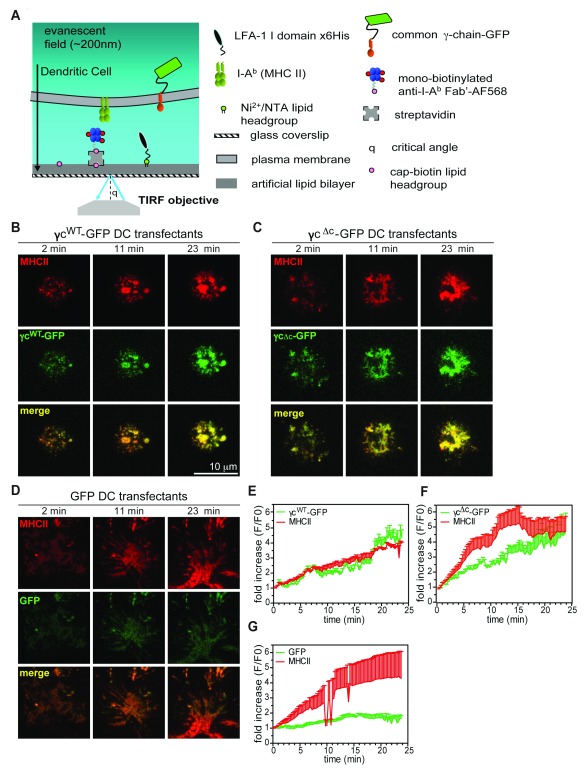Figure 3. γc is recruited with MHCII at the DC IS.
( A) Schematic diagram of a glass-supported planar bilayer recapitulating a T cell surface. ( B– D) Representative TIRFM images demonstrating GFP (green) and MHCII (red, Alexa Fluor 568) accumulation over time at the contact interface of LPS/OVA stimulated γc -/- DC expressing γc WT-GFP ( B), γc Δc-GFP ( C) or GFP alone ( D), interacting on bilayers shown in A. ( E– G) Time course of GFP accumulation at the contact interface in DC transfected with γc WT-GFP ( E)(N=6), γc Δc-GFP ( F)(N=5) or GFP alone ( G)(N=5). Data represent mean fluorescence intensity (mean+S.E.M. are shown for clarity), normalized relative to values at initial point of contact by DC on bilayers (t=0). Live cells in HBS/HSA buffer were imaged in FCS2 flow chambers (Bioptechs) maintained at 37°C. Imaging was performed on a Nikon Ti microscope with a 100x TIRF objective, N.A. 1.49, controlled by Nikon Elements software. Fluorescence images were captured using an Ixon cooled EMCCD camera (512 x 512 pixels, Andor Technology). Mean fluorescence intensity at contact interfaces was quantified from 14 bit images using Metamorph software. Brightness and contrast are adjusted uniformly across image groups for clarity.

